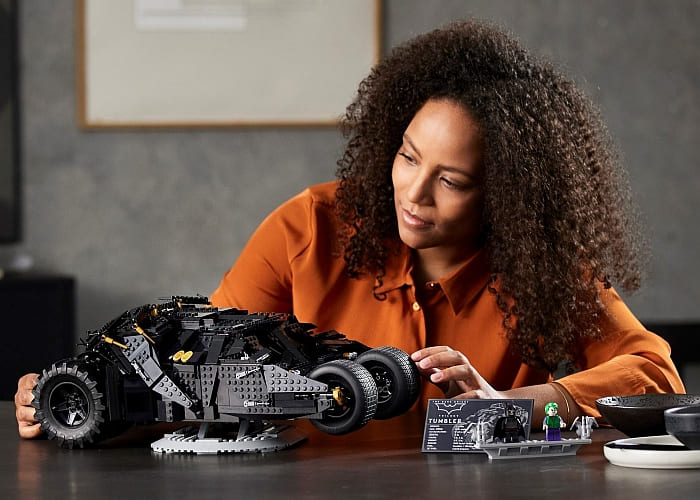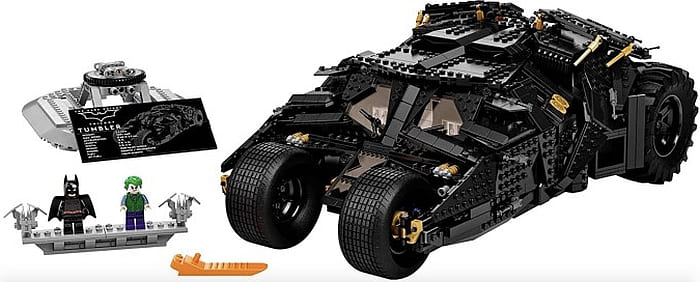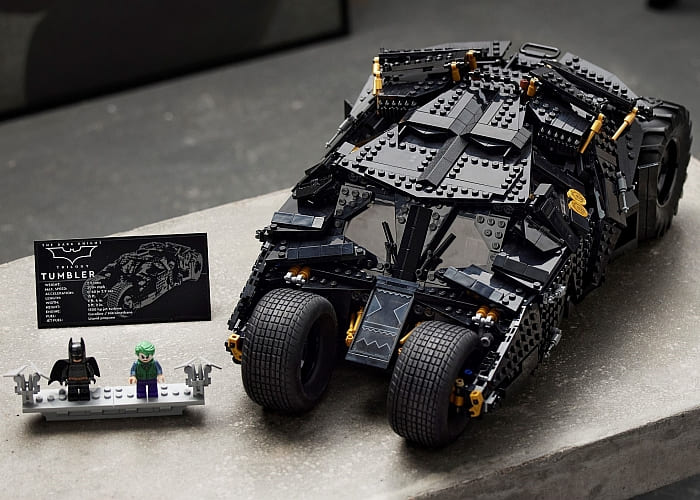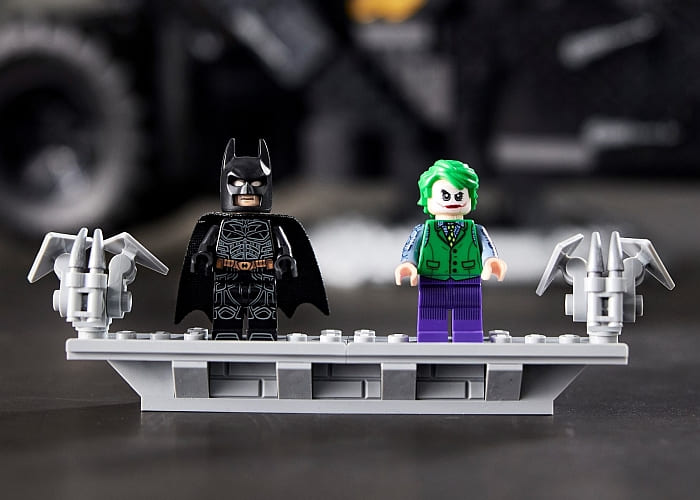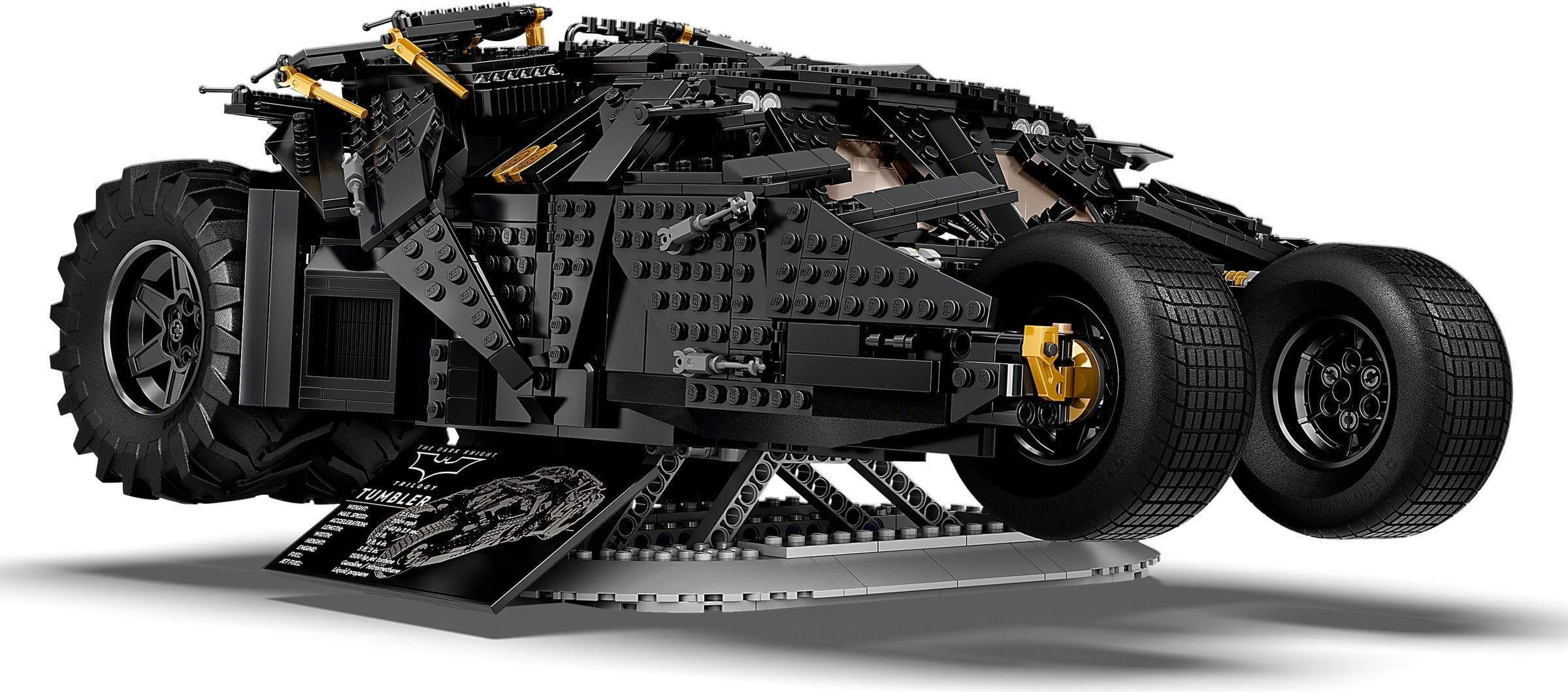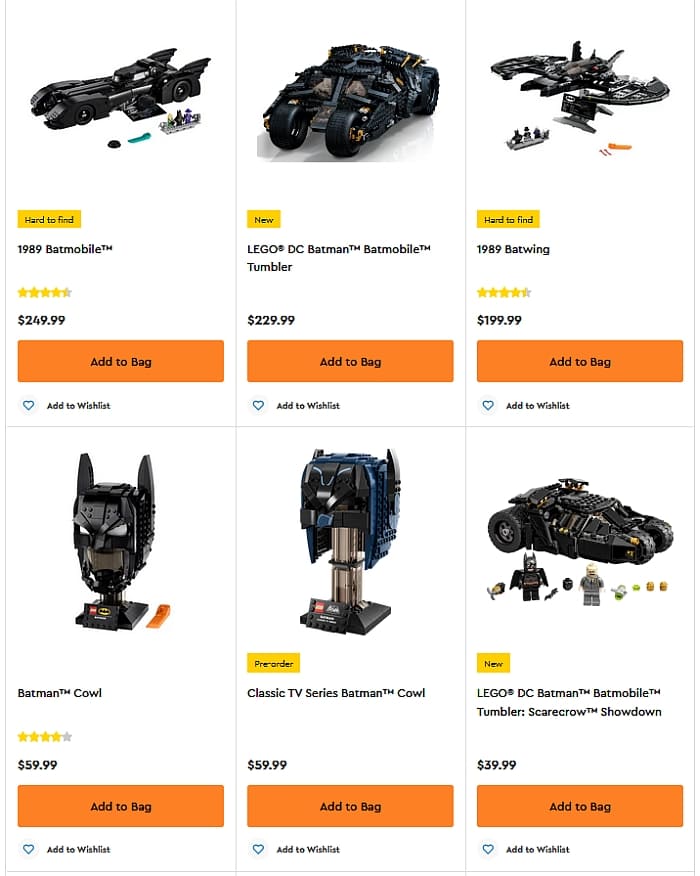Tune up and turn your amp up to 11 as the LEGO Group reveals the new #21329 LEGO Ideas Fender Stratocaster set, created by LEGO Ideas fan designer Tomáš Letenay.
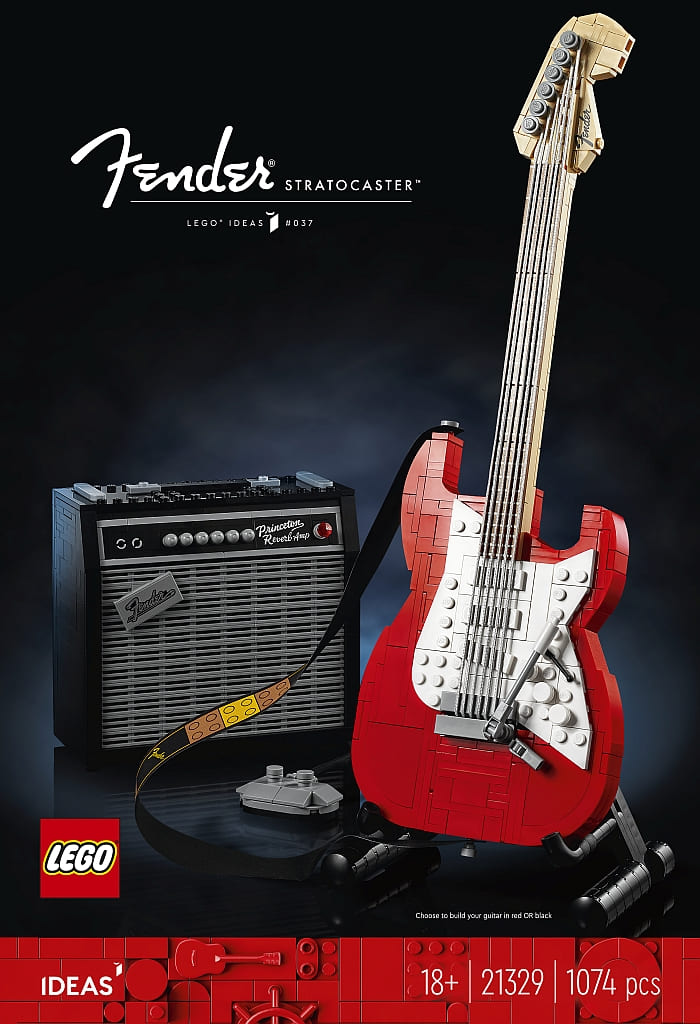
The iconic Fender Stratocaster guitar, famously played by music legends and emerging artists alike and the industry standard guitar sound for music across genres, has now been meticulously reimagined in LEGO bricks.
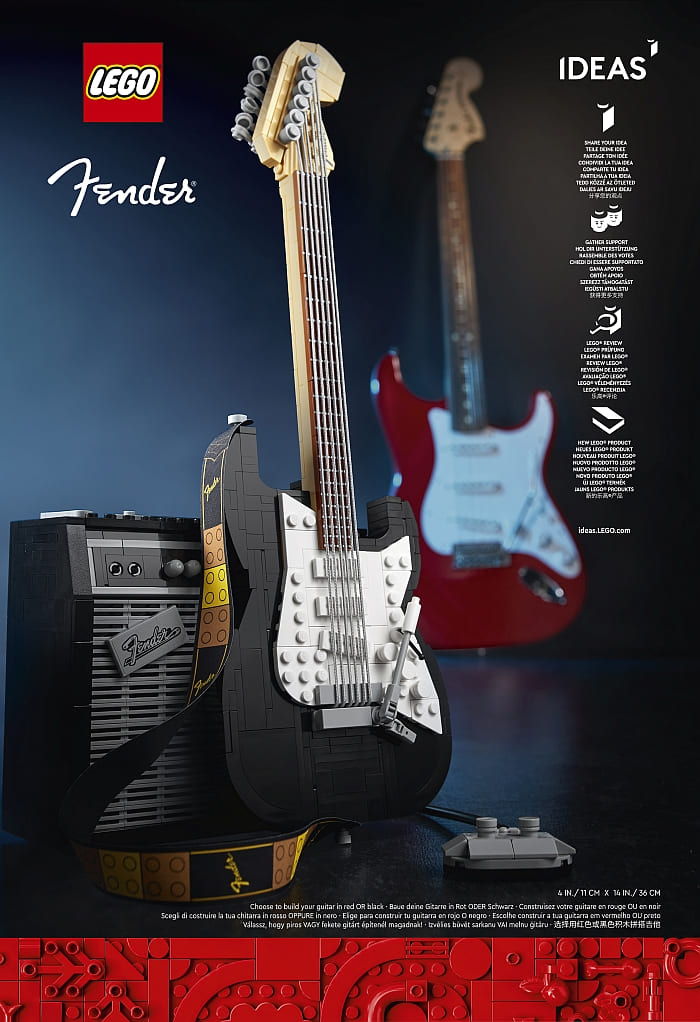
Whether you are an old school rock and roll fan, an indie rock, R&B or heavy metal lover, or just passionate about music, the LEGO model of the 1970s Fender Stratocaster is sure to be a crowd-pleaser and includes the option to either build a red or black version of the iconic guitar.
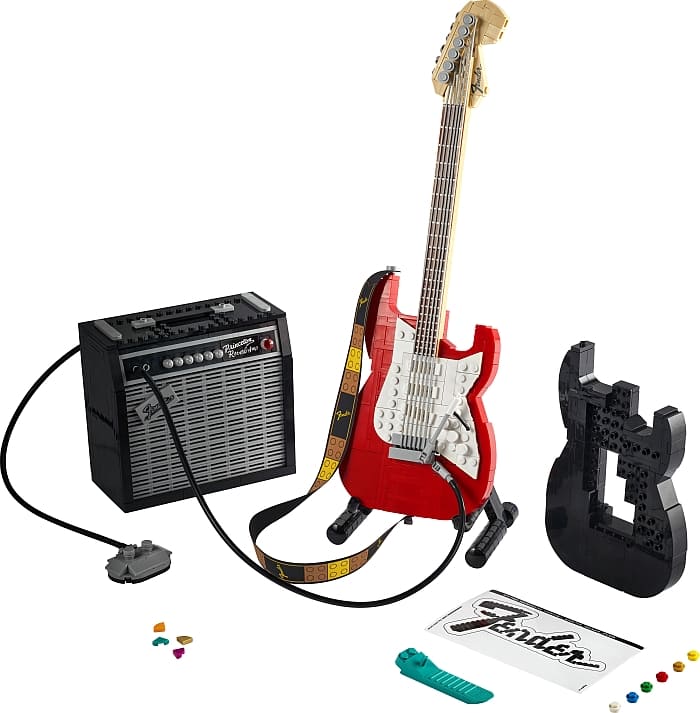
Since 1946, Fender has revolutionized music and culture as one of the world’s leading musical instrument manufacturers, marketers and distributors. Fender Musical Instruments Corporation (FMIC) whose portfolio of owned and licensed brands includes Fender, Squier, Gretsch guitars, Jackson, EVH, Charvel, and Bigsby follows a player-centric approach to crafting the highest quality instruments and digital experiences across genres. In 2021, Fender celebrates 75 years of giving artists “wings to fly,” carrying on the vision of its founder, Leo Fender, and connecting players through a shared love of music.
The LEGO version of the guitar features six strings, poseable tuning pegs, and a tremolo arm for all the distortion you can handle. Plus, there is also a folding display stand, and an accompanying foot pedal and amp. The amplifier’s back and top covers can also be removed to show its inner speaker code, wiring, and intricate details such as the tubes, speaker, and motherboard. The Stratocaster measures 36cm high, 11cm wide, and the set comes with a total of 1,074 pieces.
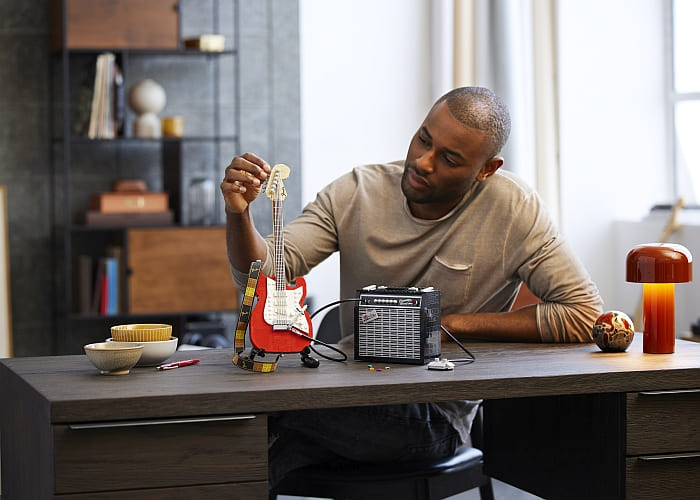
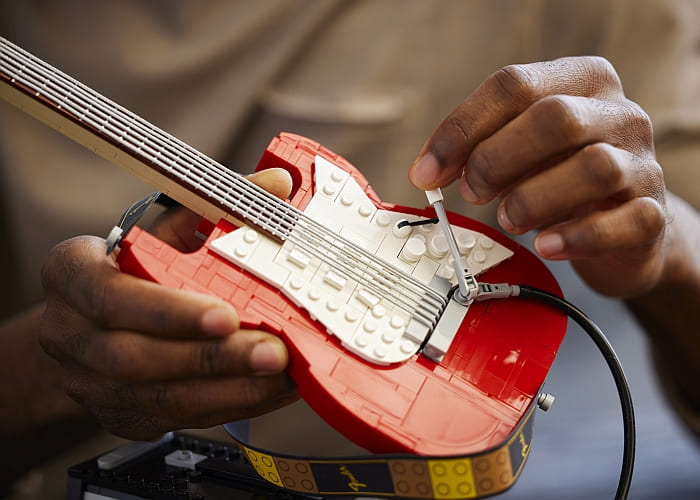
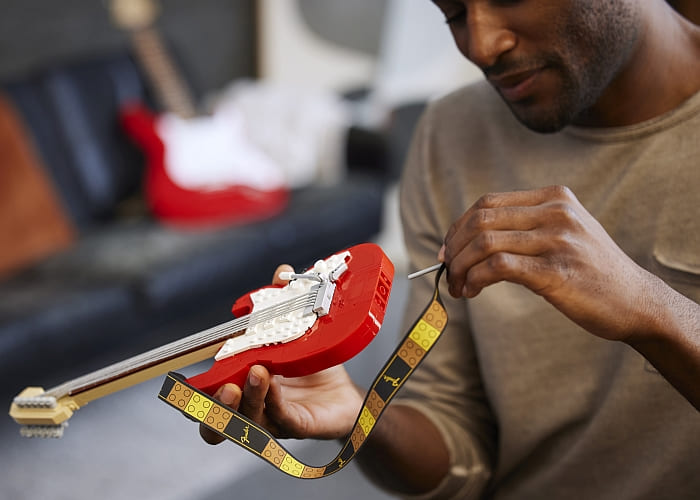
Tomáš Letenay, a fan designer from Slovakia, originally entered the design into the LEGO Ideas Music to Our Ears competition, but the reviews board at the LEGO Group loved the creation so much they commissioned it.
Speaking about the design, Tomáš commented, “I used to play electric guitar when I was a teenager and I always dreamed of owning a Fender Stratocaster – but I could never afford it. The competition on LEGO Ideas gave me the chance to create it in LEGO bricks. The Stratocaster was my gateway into music and I love seeing my LEGO design with the stand. I am hoping that other guitar fans get as much joy out of building it as I have.”
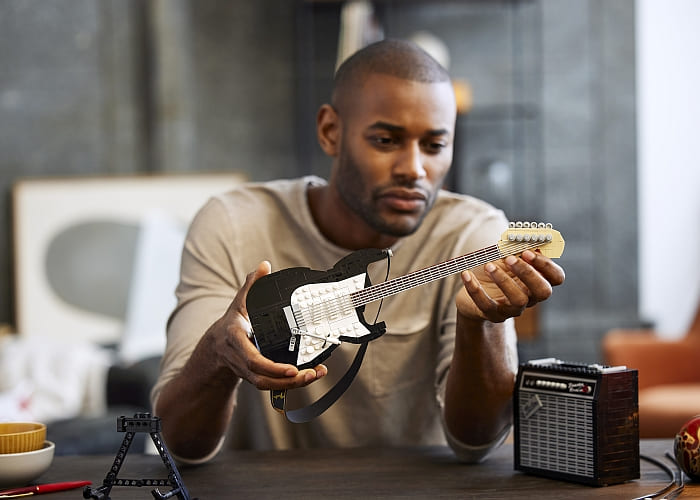
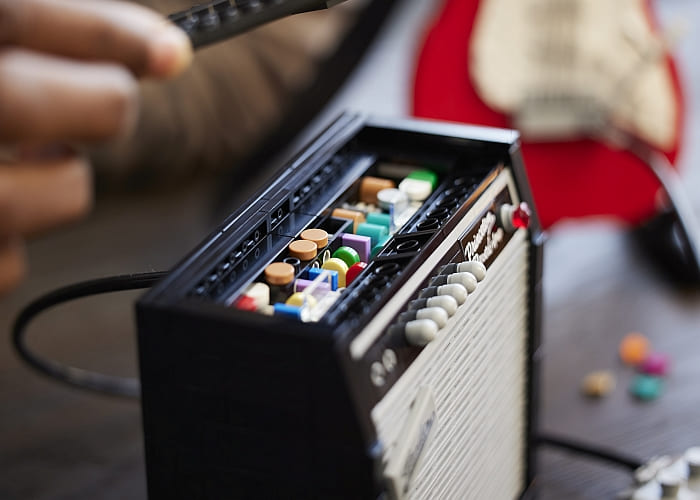
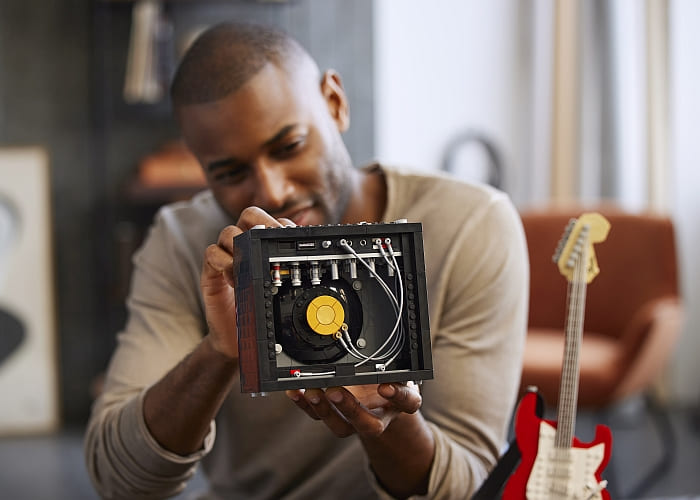
Discussing why the LEGO Ideas team chose Tomáš’ design, Federico Begher, VP of Global Marketing at the LEGO Group said, “The Fender Stratocaster guitar is iconic and has been at the heart of so many incredible songs over the years. We know many of our fans are passionate about music and we hope they enjoy the attention to detail in the not only guitar but also the accessories, such as the strap and the amp.”
One of the most influential electric guitars in all of music history, the Fender Stratocaster is a sleek, optimally functional instrument that was developed with the direct feedback of many artists. Built to accommodate the needs of all players from beginners to hobbyists to the greatest guitar legends of all time, the Stratocaster is nothing short of iconic. Since its inception in 1954, the Stratocaster has cemented its position at the top of the guitar chain with its contoured body being synonymous with electric guitars themselves.
“The Fender Stratocaster was designed to help artists unlock their creativity, and decades later, the model continues to pioneer the future of guitar playing with its distinct sound and undeniable impact on popular music”, said Richard Bussey, VP, Accessories, Lifestyle and Licensing. “As the Stratocaster has developed a cult following through the years, so has the LEGO Group. Bringing these two brands together marks an iconic musical moment for a passionate group of guitar and LEGO brick lovers.”

The #21329 LEGO Ideas Fender Stratocaster set will be available from the 1st of October, 2021 from official LEGO stores and the Online LEGO Shop. Prices are as follows: $99 / £99 / €99 / 159.99 AUD / 139.99 CAD. For information, pictures, and other details, visit the LEGO Ideas section of the Online LEGO Shop.
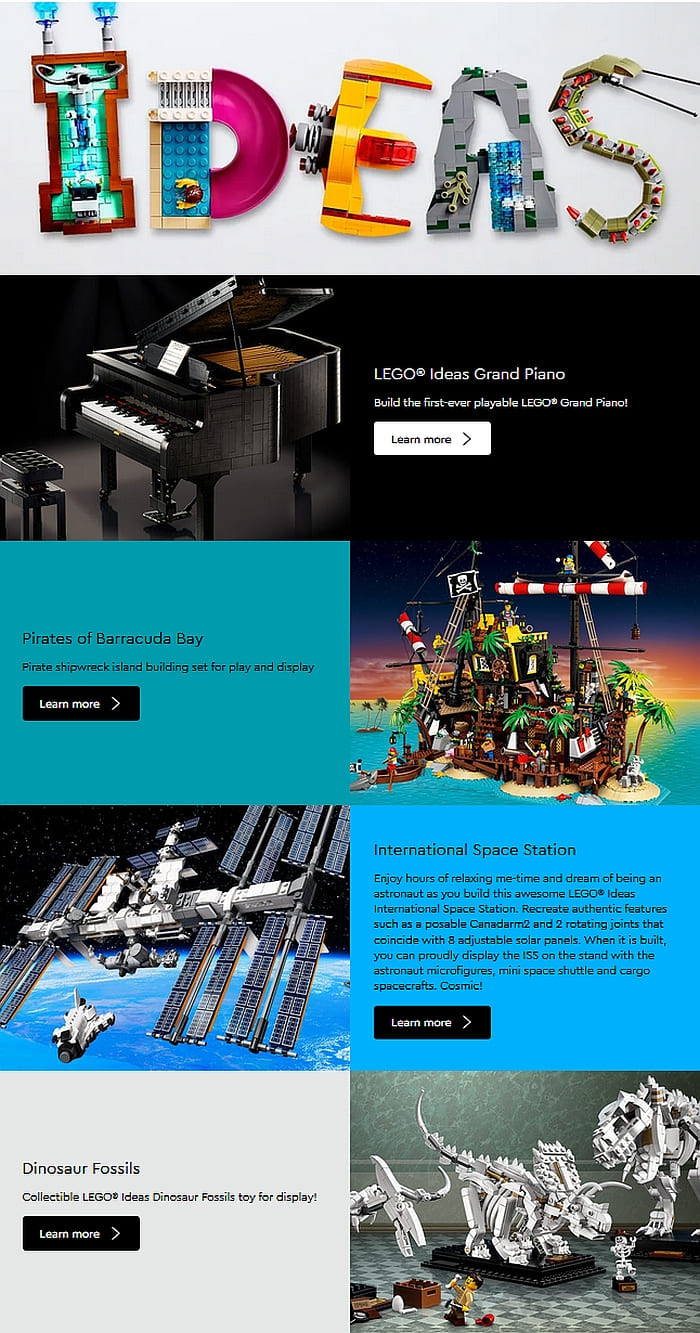
What do you think? How do you like the LEGO Ideas Fender Stratocaster? Are you planning to get it? Would you build the red or black version, or even both? Feel free to share and discuss in the comment section below!
And you might also like to check out the following related posts:


